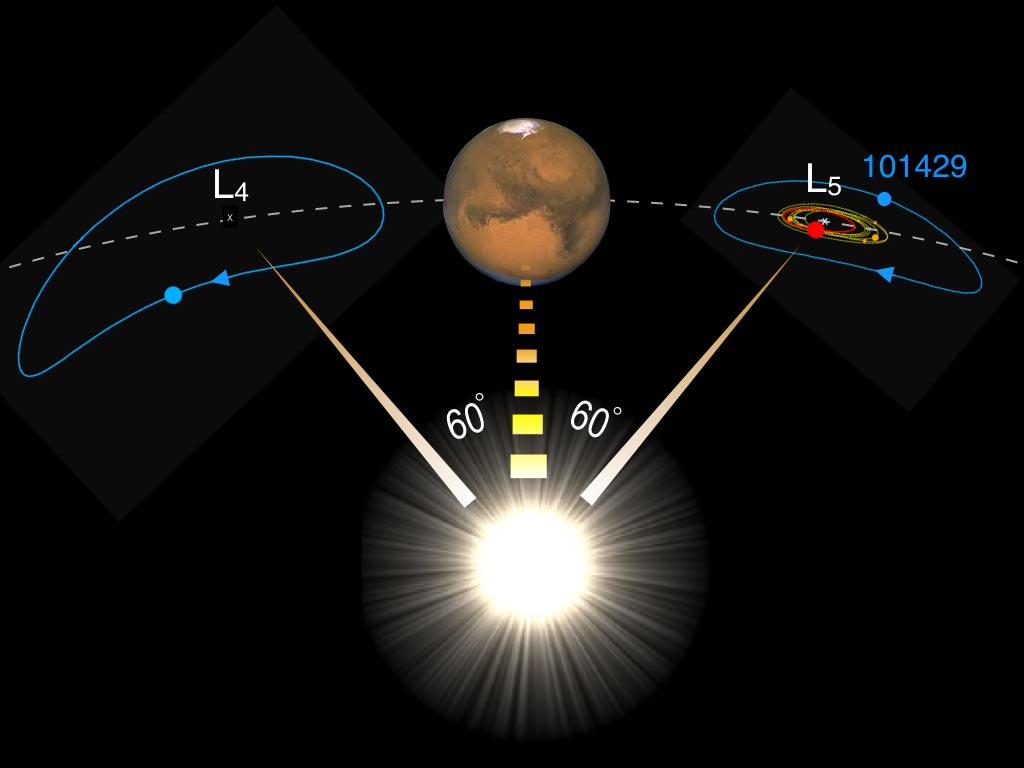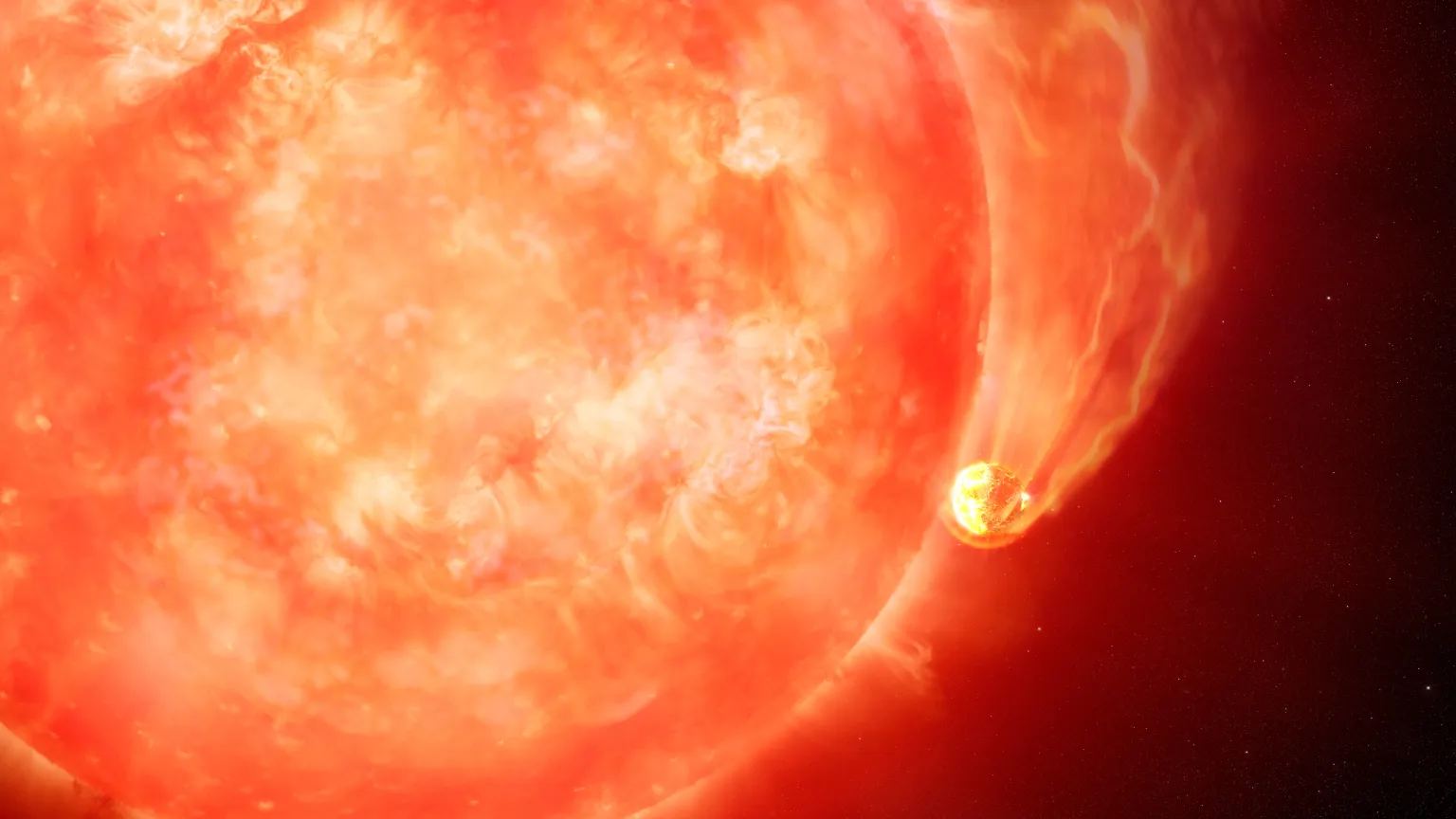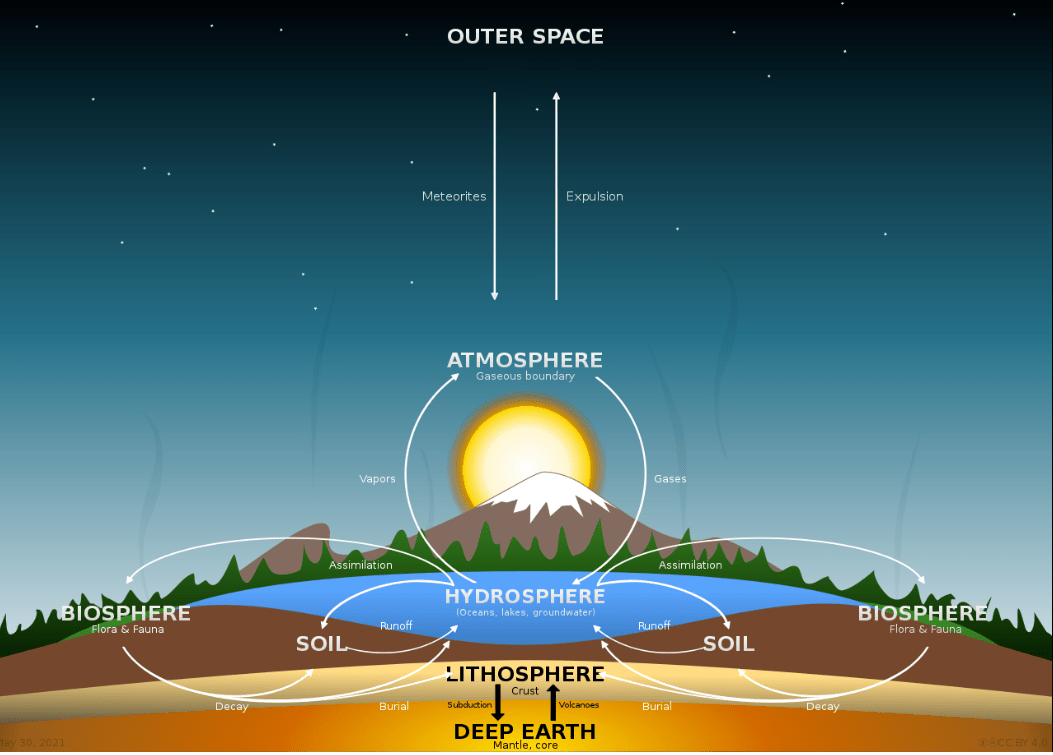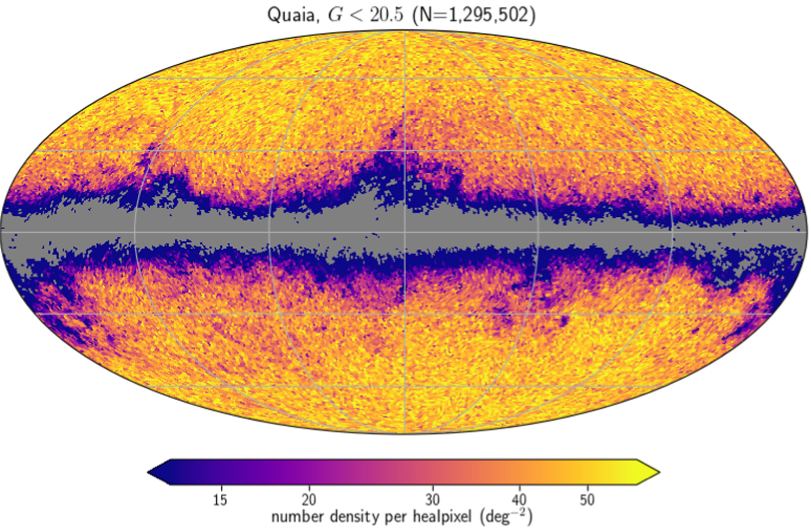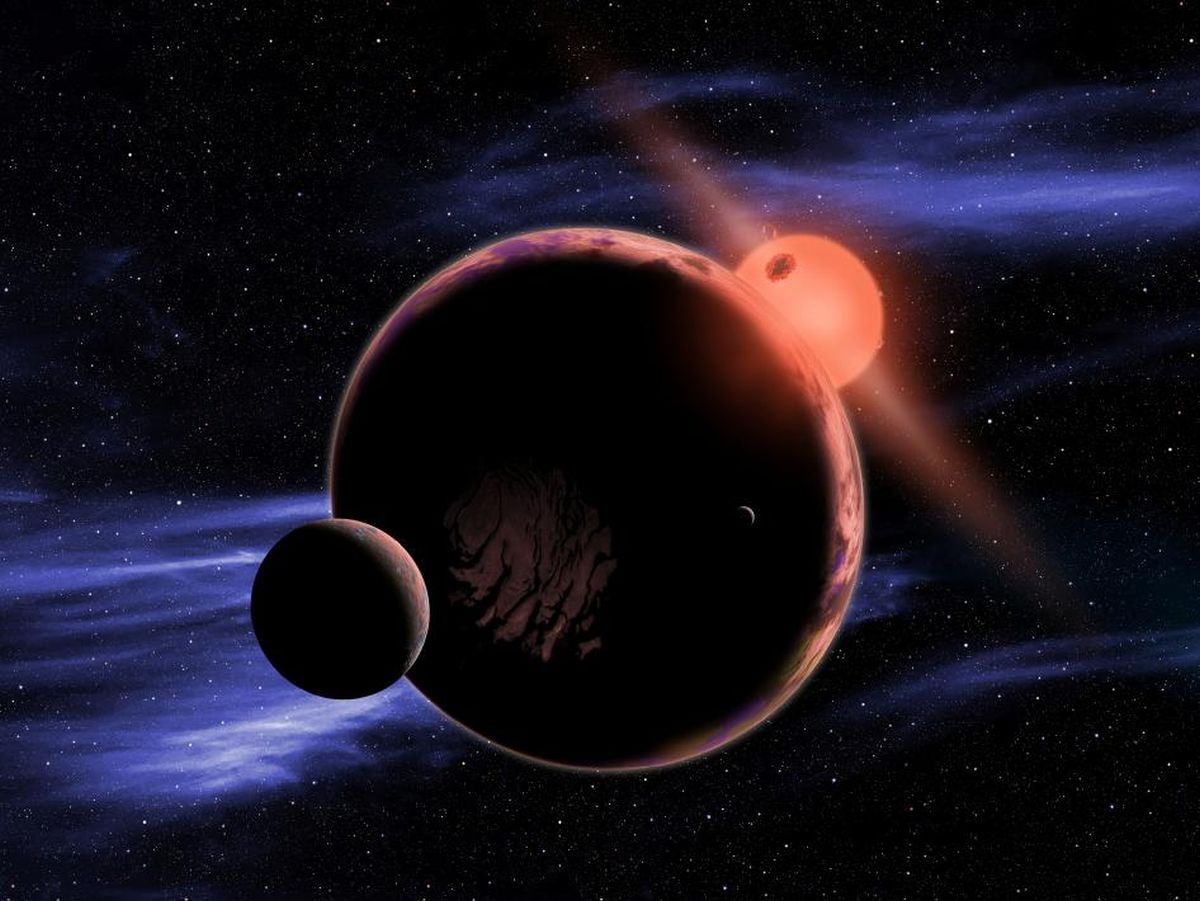The only thing worse than drifting through space for an eternity is doing it alone. Observations with the Hubble Space Telescope show that brown dwarfs that once had companions suffer that fate. Binary brown dwarfs that were once bound to each other tend to drift apart as time passes.
Continue reading “Brown Dwarf Pairs Drift Apart in Old Age”Brown Dwarf Pairs Drift Apart in Old Age
![An artist's conception of a brown dwarf. A new study identifies CK Vulpeculae as the remnant of a collison between a brown dwarf and a white dwarf. Image: By NASA/JPL-Caltech (http://planetquest.jpl.nasa.gov/image/114) [Public domain], via Wikimedia Commons](https://www.universetoday.com/wp-content/uploads/2018/10/Artist’s_conception_of_a_brown_dwarf_like_2MASSJ22282889-431026-2000x1200.jpg)

